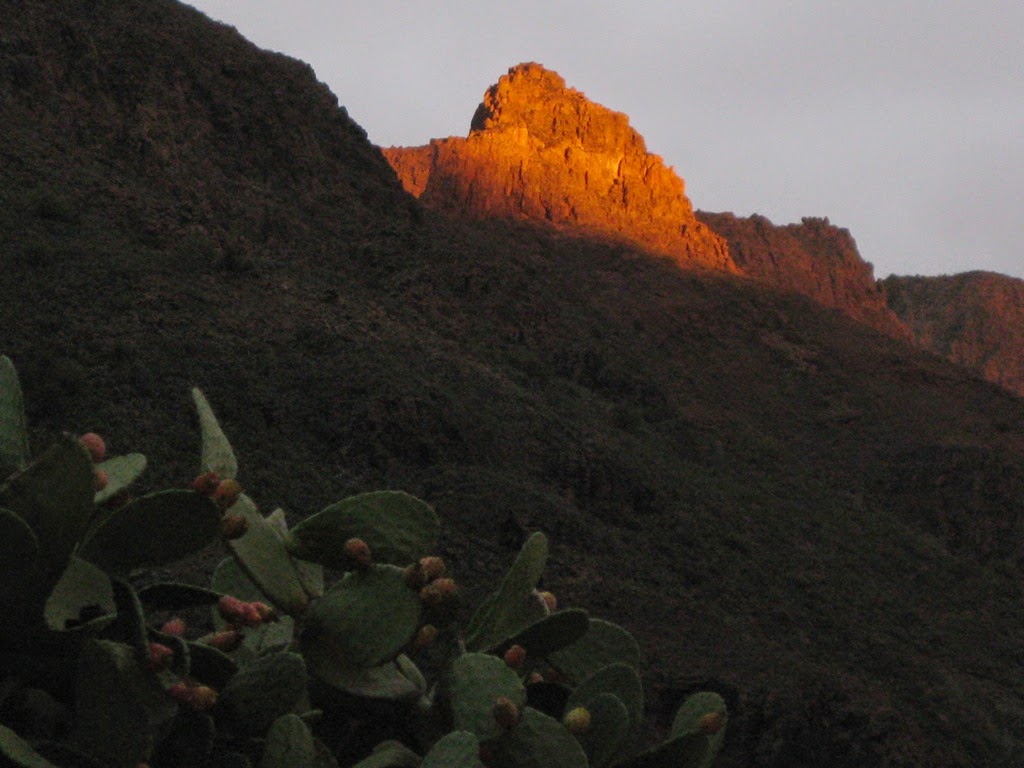ZU VERKAUFEN - SE VENDE
Wohnhaus mit Grundstück und Gästehaus
in der Gemeinde St. Bartolome, Gran Canaria
Im Tal der tausend Palmen steht das Haus, als oberstes im Dorf.
360° Rundumblick, unverbaubar.
Das Hauptwohnhaus hat eine Wohnfläche von ca. 80 m2, aufgeteilt in
Schlafzimmer, Wohnzimmer, Küche und Bad.
Mehrere Terrassen sind rund ums Haus angelegt.
Zum Haus gehört ein Grundstück, das sich in den Barranco de Fataga erstreckt.
Über einen separaten Eingang kommt man zum Gästehaus,
das auch vermietet werden darf.
das auch vermietet werden darf.
Das Gästehaus hat eine Küche mit Essplatz, Wohnzimmer mit Extrabett und
ein Schlafzimmer mit Doppelbett, sowie ein Badzimmer.
Zwei Terrassen zur Gästebenützung.
Das Haus und das Gästehaus befinden sich auf demselben Grundstück.
Der Ort befindet sich ca. 20 km entfernt vom Strand, ist gut mit dem Bus erreichbar.
Es gibt mehrere Lokale, einen Minimarket, Busstation, cash-Automat, Tankstelle und
eine Kirche mit einem Veranstaltungsplatz,
auf dem es immer wieder traditionelle Feste gibt.
auf dem es immer wieder traditionelle Feste gibt.
Preis auf Anfrage
Kontakt: casa.roca@live.at
Kontakt: casa.roca@live.at












.jpg)





























.jpg)






.JPG)
.JPG)
.JPG)
.JPG)



